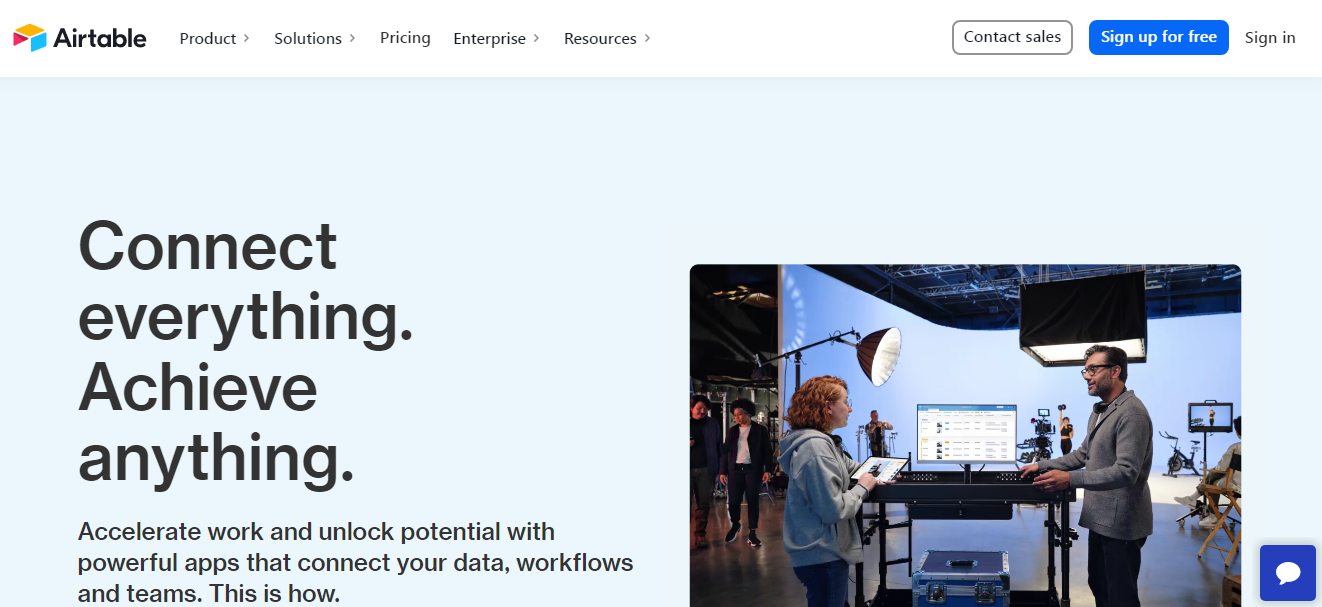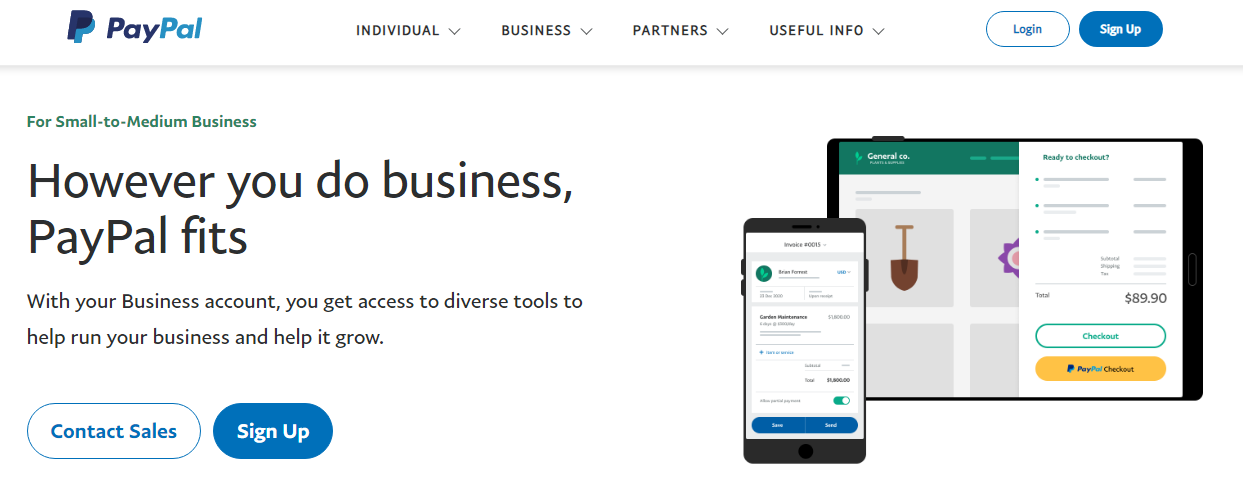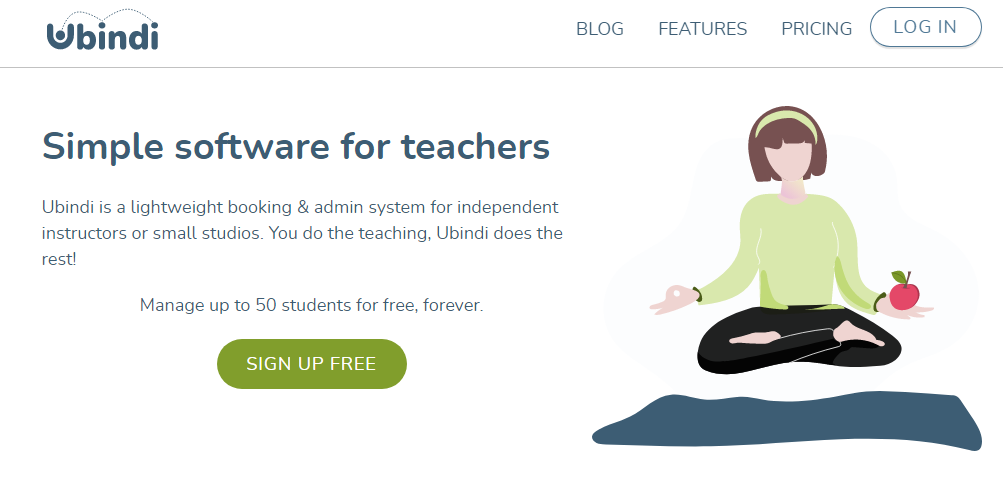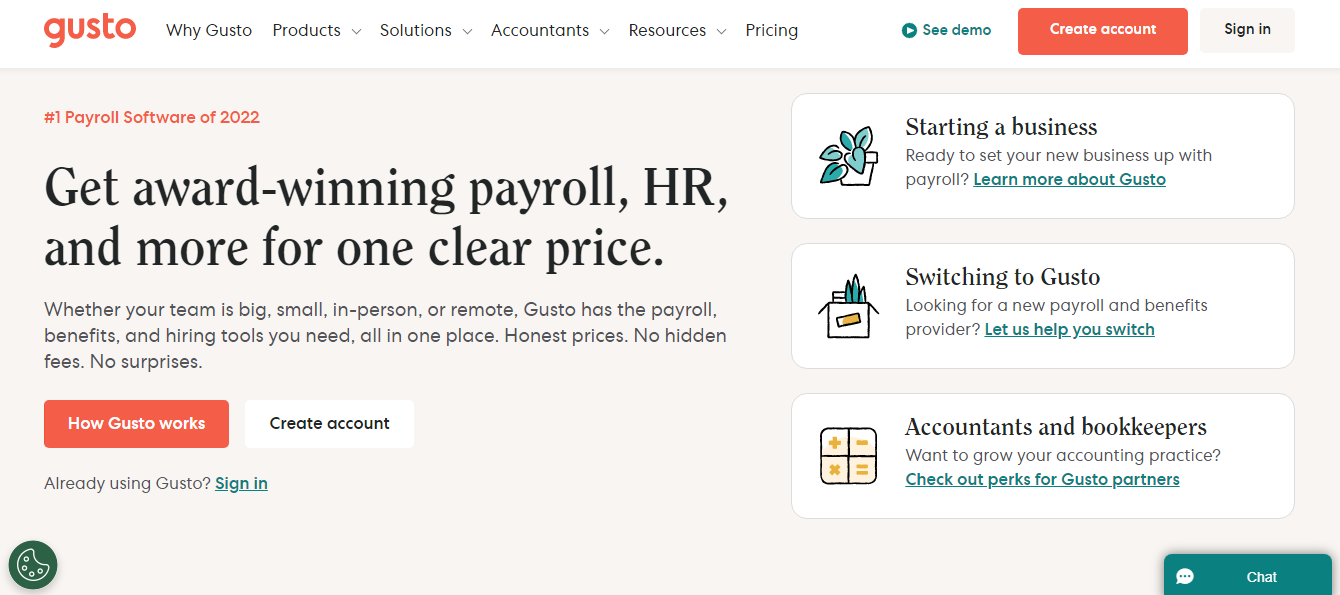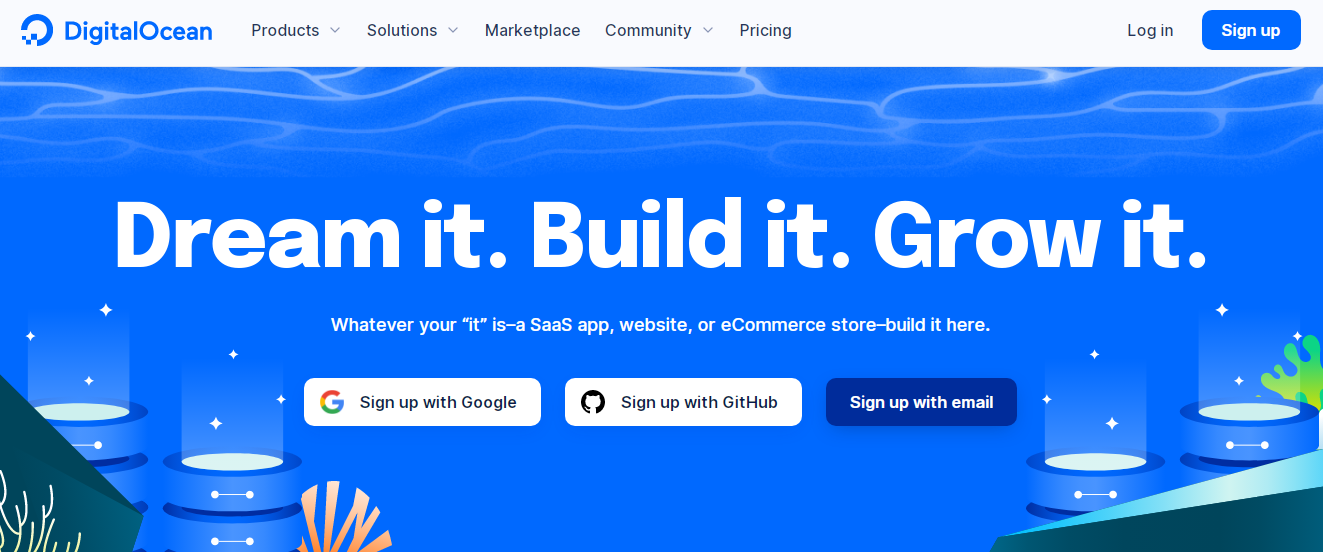If you are in the B2B business Sector and want to increase your client base, B2B Referrals 101 programs must be in your marketing strategy……
For any Business, clients are the head honchos. Take an example for a software company that sells cloud-based AI software that businesses can use to integrate backend systems for small & medium businesses.
You have designed your software and pitched it to 2-3 medium-scale businesses to try on, period. If you are new to the market, will they trust you with their TIME?
Stances are significantly less, and you might not even be able to close deals. But if you target small businesses, give them a bonus for referring someone. They may accept that and give your software a try.
This might seem slow, but this is how B2B markets work.
Statistics say that 78% of clients’ decisions depend on referrals, and they are likely to buy if someone from their close circle or family recommends the product.
In short, not only can B2C benefit from referrals, but most large B2B businesses rely on their marketing strategies to formulate effective Referral programs.
If you are into B2B markets and want to build your market base and stand out from the crowd, read this article thoroughly, as you will find some golden nuggets.
What is a B2B referral program?
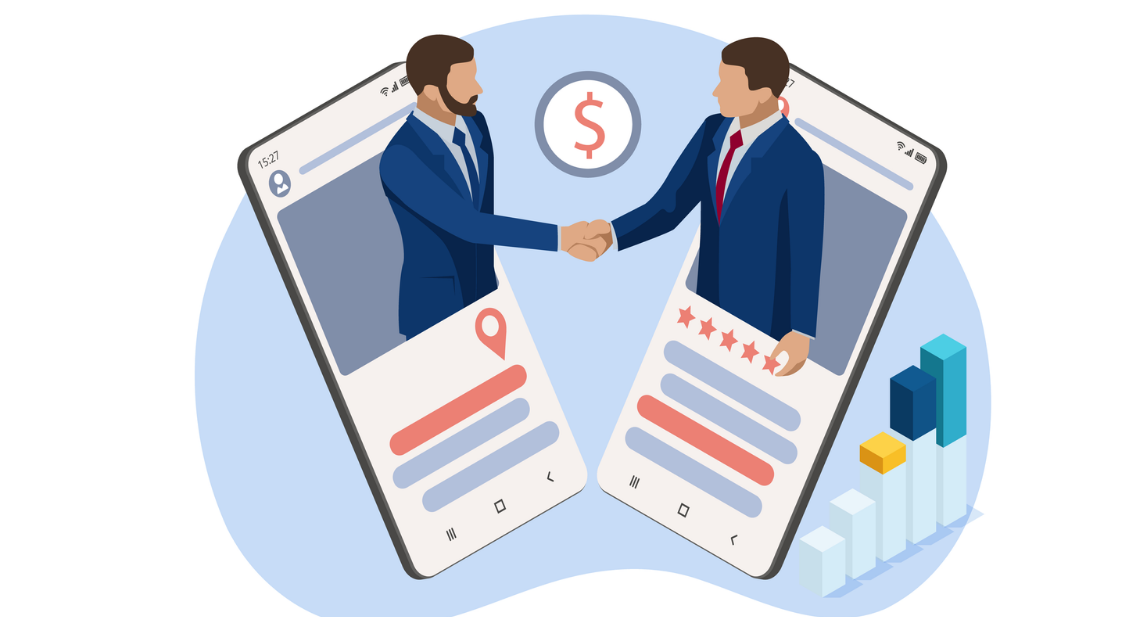
A B2B referral program is a business-to-business marketing strategy in which customers are incentivized to refer other businesses to the company.
A B2B referral program’s goal is to acquire new business through the recommendations of existing customers.
On the other hand, organic referrals, where customers naturally talk to others, typically need more occurrence and consistency. It takes time to develop a strategy from it and generate consistent revenue.
As a result, we stimulate businesses to implement B2B referral marketing programs to generate and track referral sales within their customer base.
While referrals are a significant source of revenue for any B2B company, there needs to be more data available on referral marketing strategies for B2B companies.
Why should Businesses start a B2B referral program?
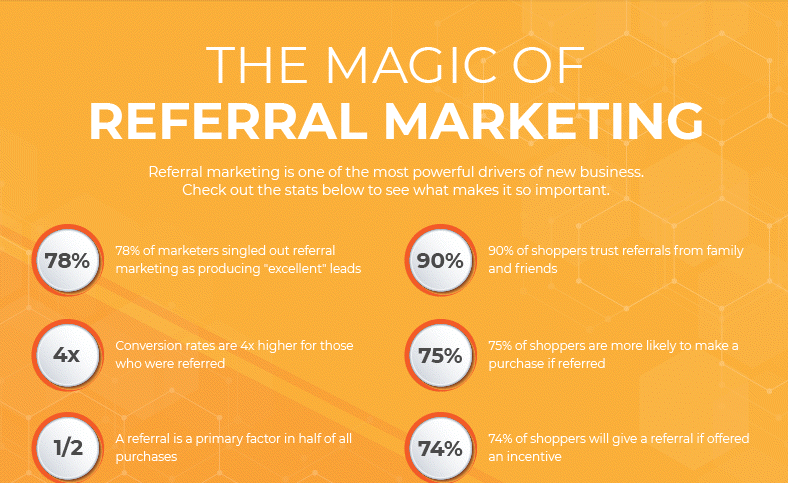
There are several reasons why a business should start a B2B referral program. One of the primary advantages is that it can raise brand awareness and attract new customers.
People are more likely to trust recommendations from people they know than traditional advertising, making referral marketing one of the most effective forms of marketing.
According to 54% of marketers, B2B purchasers’ purchasing decisions are a source of high-quality leads and generate lower costs than other marketing channels.
Another advantage of B2B referral programs is that they can aid in customer retention.
Companies can create a sense of loyalty and appreciation among their customer base by rewarding current customers for referring new businesses. Repeat business and long-term customer relationships can result from this.
Furthermore, B2B referral programs can help a company save time and money on customer acquisition.
Rather than investing in costly advertising and marketing campaigns, a referral program uses the power of word-of-mouth to bring in new customers.
Steps before starting a B2B referral Program
To help you start your B2B referral program, we created a few steps that outline the essential elements you’ll need. Check that they are in place before you begin your program.
1. Make sure you have the best solution (product or service)
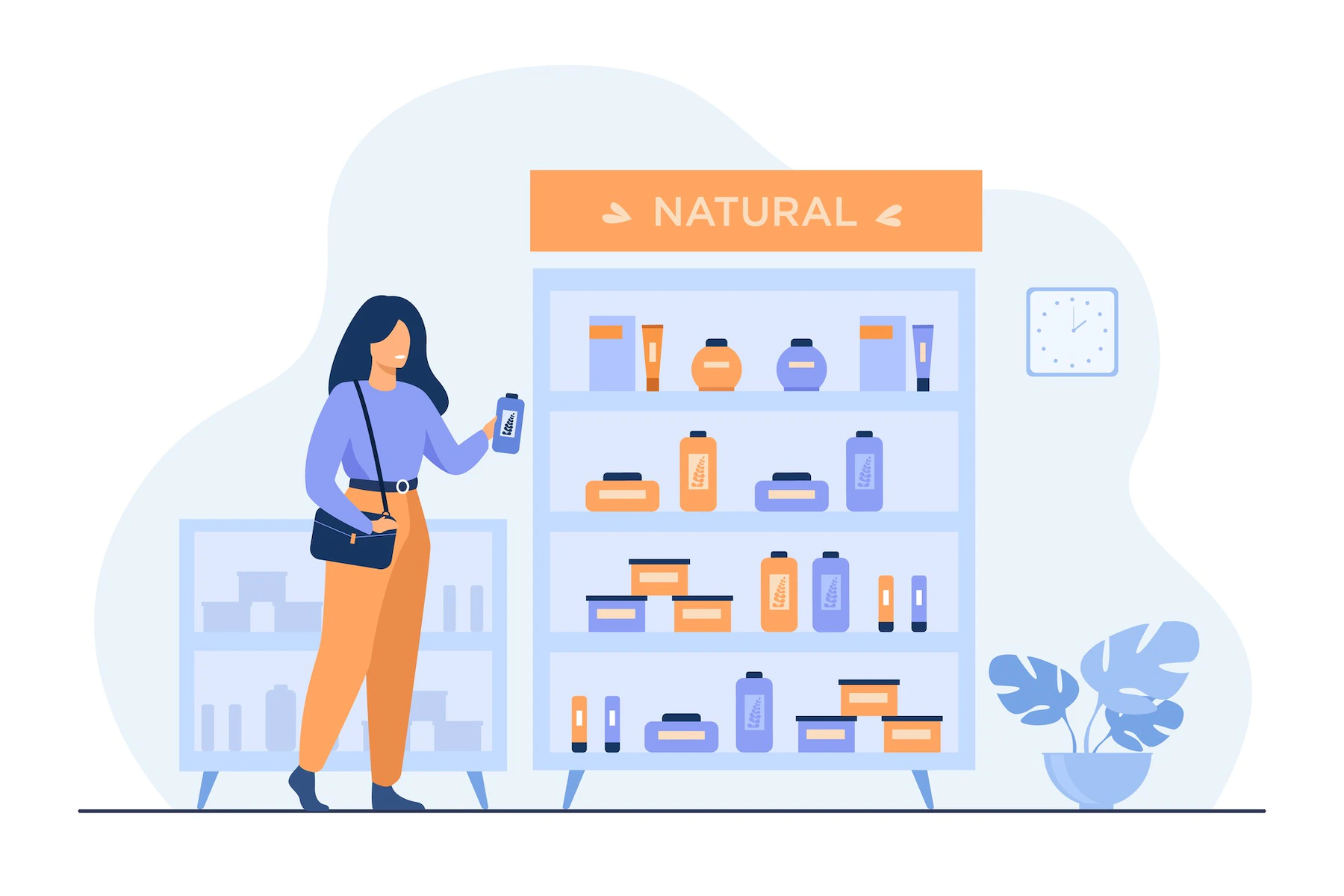
To get the most out of a referral program, businesses need a great product and service, as satisfied customers are likely to recommend a business to others.
The key is to ensure that the customer experience is positive and seamless, as this will create a ripple effect of new customers through word-of-mouth referrals.
Businesses can identify these satisfied customers by looking at customer retention rates and customer reviews and conducting a Net Promoter Score survey.
Once these potential referrers have been identified, businesses can reach out to them directly when launching a referral program.
2. A strong client profile who got immense value from your product or service
A company or organization that has had a positive experience with your product or service and has achieved significant results or value from using it is a robust client profile for a B2B referral program.
They could be a long-term customer who has consistently seen positive results from using your product or service or a newer customer who has had an incredibly positive experience.
These customers are more likely to be pleased with your product or service and to recommend it to other businesses.
Furthermore, they may be regarded as a credible and reputable source within their industry, making their referral even more valuable.
Identifying and targeting these firm client profiles is critical in developing a successful business.
3. Seamless Customer support system placed

A well-functioning customer support system is essential for a successful B2B referral program. This means that your customers will have easy access to help and assistance with no delays or obstacles.
This includes providing multiple customer support channels such as phone, email, live chat, and a dedicated customer support portal.
Moreover, having a well-trained, responsive, and efficient customer support team can help to ensure that your customer’s needs are met quickly and effectively.
This may result in increased customer satisfaction, which may result in increased customer loyalty and more referrals.
Additionally, having a system that allows customers to track the status of their support requests and communicate with the support team increases transparency and accountability.
This will aid in developing trust and a sense of partnership between your company and its customers, which is necessary for a successful B2B referral program.
How to ask for referrals from Customers?
1. Arrange a Referral program with a bonus or payment
A referral program that provides a bonus or payment can effectively encourage customers to refer your company to their friends and family.
This type of program can be especially useful in the B2B world, where the value of a referral can be substantial.
You can motivate current customers to actively promote your business to their networks by providing a financial incentive.
For example, customers who refer new business to you could be given a cash bonus or a discount on their next purchase.
This type of referral program can be especially effective in the B2B market because it fosters trust and loyalty between your company and its customers.
2. Email or contact your loyal and long-term customers

Long-term customers are more likely to have a positive experience with your company and to refer others.
By contacting them directly, you can establish a relationship with them and encourage them to promote your company. You can accomplish this via email, phone, or even in-person meetings.
You could send out a monthly newsletter to your customers, including company news, product updates, and special promotions.
You could also contact them personally to see how they’re doing and to solicit feedback on your products or services.
3. Connect with existing Software promoters and give them a trial run before asking for a referral
Software promoters are individuals or companies that promote other companies’ software. They can be a valuable resource for getting your software in front of potential customers.
By connecting with existing software promoters, you can offer them a trial run of your software before asking for a referral.
This allows them to test your software and determine if it is a good fit for their audience before making a recommendation.
For example, you could reach out to software companies or other businesses that are complementary to your own and ask if they would be willing to promote your product or service to their customers.
You could also offer them a trial run of your product or service before asking them to refer other businesses to you.
This can help build trust and establish a mutually beneficial relationship between your company and theirs.
Quick hacks to get referrals from your clients
1. Make it simple to share
Encourage customers to share your product or service by making it easy for them to do so.
2. Create concise B2B referral program messages.
Create clear and concise messages about your B2B referral program without using complicated and technical words.
3. Create a simple lead form.
Use a simple lead form to keep referring to a friend that is easily accessible and shareable with fewer critical questions.
4. Include a compelling call to action (CTA)
Include a clear call to action in your messages to encourage customers to participate in the referral program.
5. Make use of a referral code or link.
Use referral codes or links to track referrals and make it easy for customers to refer others.
6. Make a FAQ with all of the pertinent information.
Provide answers to common questions about the referral program in a FAQ. Use Social media or competitors’ websites for their queries.
7. Make the referral experience unique.
What matters is how your referral program is better and unique from its competitors. Make it more beneficial for the user.
8. Create an enticing referral message (with the help of your customers)
Go one step ahead of your competitor but not too far from your customer; keep it simple and more compelling so your clients can choose you.
9. Assess and qualify your referrals.
Review and qualify referrals to ensure they fit your business well.
10. Select an incentive that will motivate your B2B customers
Not all programs excite all kinds of clients. Make sure to customize based on your client’s persona.
11. Determine who will receive the rewards and when they will receive them
Create the system, who can apply, how to apply and how they will receive it so that the process is smooth and quick.
12. Promote your business-to-business referral program.
The best referral program does not end with creating a unique incentive program; it’s about advertising it in the same creative way. The better you advertise, the better you get quality leads.
13. B2B referral software can help you automate your referral program.
In-place software; you sure need systems that automate your process. This leaves the headache for you to share manually, qualify and process.
14. Track your objectives timely
You are getting referrals, and they have been using your trial program for some time; what next? How to make them stay?
How long they have been using and how well they admire your program features and all that needs to be tracked.
You need to review your program now and then to save yourself from unnecessary long-term costs and implement it, bringing quality results.
Quick Links:
- Wise Vs Moneygram Vs Xemoney Vs Paypal
- Email Marketing 101
- Best AI Tools For Business
- Start Your Own Hosting Business For Free
- Boost Your Income With Affiliate Marketing
- Things All Affiliate Marketers Need To Survive Online
Bottom Line: “B2B Referrals 101” 2025
Developing the best referral program is akin to lighting a candle from both ends. It is complex and requires significant work, time, and market research.
However, the golden nuggets shared in this article will come in handy at any time, and make sure to always be on the lookout for your competitors’ moves and conduct timely reviews on existing programs.
If you have any further questions, please leave them in the comments section.

